There is a lot of interest in the incoming new EASA drone regulations. More specifically, in the brand new A2 CofC permission which promises to open the skies to drone operators in ways never before possible. The ‘word on the street’ is that operators will be able to fly their drones right down to within five metres of uninvolved people...and this is true - under certain circumstances.
[This article has been updated on 30.04.2020 to reflect the delay to the implementation of the EU UAS Regulation package to 31st November 2020]
New and Existing Drones
The first very important point to understand about this permission is that it is designed to work most effectively with a currently unavailable new generation of certified drones designed to comply with specific criteria making them intrinsically safe to operate in close proximity to uninvolved people.
There are detailed specifications available to understand the design criteria which the manufacturers are challenged with for the most exciting C2 certification class, but the most obvious requirements are a ‘slow speed mode’, and a maximum weight limit of 900 grams.
There is some debate about the possibility of manufacturers like DJI retrospectively certifying existing aircraft, however it seems unlikely that they will miss out on the potentially lucrative opportunity to flood the market with a brand new purpose-designed and certified aircraft. There’s no need to go into too much detail with regard to the specification in this article, but it is critical to understand that only certified aircraft will be able to operate down to the above mentioned incredibly short minimum separation distances. Provision is made for existing ‘legacy’ aircraft to be able to operate under the A2 CofC regulations but they are restricted to greater distances from uninvolved people.
What are the restrictions with the A2 CofC?
So what are the restrictions and requirements which will allow operators to fly down to the golden five metres separation from uninvolved people? In principle, it's simple (assuming you have the normal requirements such as land owners permission to takeoff and land, as well as commercial drone insurance in place if it is a commercial flight)…you must be flying a C2 certified aircraft in its ‘slow mode’, and you must be flying at a maximum of five metres above the ground. Why five metresyou ask?, this is where the 1:1 rule becomes relevant.
The 1:1 rule with the A2 CofC
The 1:1 rule is a new addition to UK drone operators and is only applicable to operators flying under A2 CofC permissions. The simplest way to describe the rule is that it is a height restriction directly affected by the distance you are away from uninvolved people. For example, starting at ten metres separation from uninvolved people and ten metres above the ground, for every metres you fly closer you must descend one metres.
You can fly lower than the distance you are separated from people, but not higher. This may seem strange, but it does make sense once you get your head around the reasoning behind the rule.
The rule is very specifically written with safety as the primary objective. Most multi-rotor aircraft, especially quad copters with four motors, cannot sustain flight in the event of a failure - for example collision with a bird which damages a propeller. When a failure occurs they will almost certainly drop vertically downwards and totally out of control. The 1:1 rule ensures that the drone is always far enough away to clear uninvolved people if the worst were to happen and it dropped out of the air.
We have produced a short animation which illustrates the 1:1 rule in action.
Conclusion
There are of course a lot of rules which make up the restrictions and guidelines for the A2 CofC permission, but this felt a much needed explanation to clarify the misinterpretations which we have been picking up online and within the community. All will of course be clearly explained in our brand new A2 CofC training course at UAVHUB.
For any further information please get in touch with the team at UAVHUB and be ready for the 31st of December when the new regulations become active and open up this new world of opportunity!
You can reach the team by calling 0800 033 4400 or emailing hello@uavhub.com.
Frequently Asked Questions
Yes. The A2 CofC is a separate permission and qualification to the PfCO and the GVC with an Operational Authorisation. You must only operate within the boundaries of the Open Category and the respected subcategories such as the A2 Subcategory.
No. If you are flying a C0-C1 drone, or a lecacy drone that is under 500g under the A1 transitional provision you don't need to use the 1:1 rule, however, you must not intentionally fly over uninvolved people and always maintain Visual Line of Sight with your drone.



